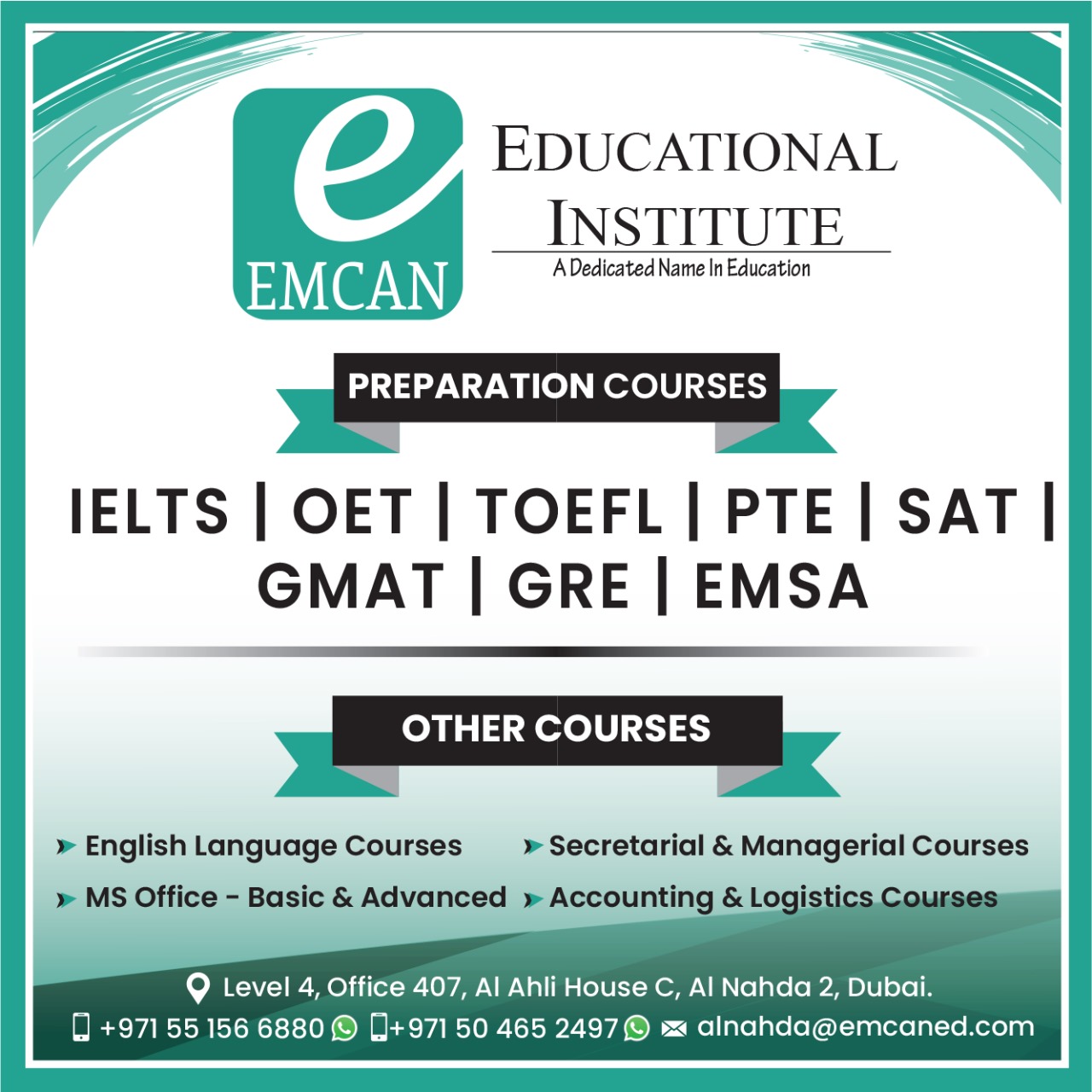Trucks carry aluminium alloy frames to Adani Green Energy Limited’s Renewable Energy Park near Khavda, Bhuj district near the India-Pakistan border in the western state of Gujarat, India, on Sept. 21, 2023. India is developing a 30 gigawatt hybrid — wind and solar — renewable energy project on one of the largest salt deserts in the world.
Without innovation, combating climate change remains a Herculean task, much like the challenges faced by characters in films that highlight the power of breakthroughs and ingenuity. Consider “Iron Man,” where Tony Stark creates a revolutionary arc reactor, a metaphor for transformative technology in energy. This spirit of innovation resonates with the goals set at the recently concluded COP28 summit, which emphasised tripling global renewable capacity by 2030. An integral part of this goal is energy storage, as renewable sources like solar and wind are intermittent.
Energy storage is a vital component in making renewable energy more reliable and widespread. Batteries, akin to the indispensable tools in movies like “The Martian,” where the protagonist innovates to survive on a hostile planet, have become pivotal in our real-world quest for sustainable energy. In solar power networks and electric vehicles (EVs), lithium-ion batteries have emerged as the gold standard due to their efficiency and capacity. More than half of the world’s lithium refining capacity is based in China. Any disruptions in supply from China have global ramifications for the battery ecosystem across the world.
Li-ion batteries, which have been extensively studied and utilized since their commercialization in the 1990s, are known for their high energy density and efficiency. This efficiency stems from the high electrochemical potential of lithium, where the energy density of Li-ion batteries was shown to be around 150-200 Wh/kg. Furthermore, their long cycle life makes them preferred for applications like electric vehicles and portable electronics. However, lithium’s scarcity and uneven distribution and concerns about safety and ageing present significant challenges.
However, as in any good story of progress and challenge, a new character enters the scene – sodium-ion batteries. While lithium-ion batteries have been the mainstay, sodium-ion technology is emerging as the ‘new kid on the block.’ However, sodium-ion (Na-ion) batteries faced several challenges during their initial phase, primarily due to their intrinsic material and design limitations. Early Na-ion batteries also struggled with cycle stability and rate capability, primarily due to the incompatibility of sodium with traditional electrode materials. These issues were further compounded by difficulties in achieving a suitable electrolyte composition that could efficiently facilitate Na-ion transport while maintaining chemical stability.
Consequently, the early stages of Na-ion battery development were marked by a persistent search for optimal materials and configurations to address these challenges, a process that required extensive research and innovation to bring Na-ion technology closer to the performance benchmarks set by established lithium-ion batteries. Recently, there’s been a breakthrough in Na-ion batteries. Just a few weeks ago, Sweden’s Northvolt unveiled a cutting-edge Na-ion battery, achieving an impressive 160 Wh/kg energy density. Na-ion batteries are gaining traction for two reasons: they’re cheaper to produce than lithium-ion (Li-ion) batteries because they use less expensive materials and sidestep the need for rare minerals altogether. As of now, they’re the only mainstream battery type free from lithium.
The central challenge with Na-ion batteries hinges on their ability to hold energy. Sodium’s inherently larger size and heavier weight—stemming from its atomic structure of 11 protons and 12 neutrons, plus an additional electron shell—make it bulkier than lithium, which is made up of just three protons and three neutrons. This size difference means Na-ion batteries degrade more quickly and can’t store as much energy per unit volume, resulting in larger, heavier batteries than lithium-ion ones for the same amount of power.
Na-ion batteries don’t hold as much energy as Li-ion ones (with energy densities ranging from 75 to 160 Wh/kg compared to Li-ion’s 120 to 260 Wh/kg). T This presents a significant issue for applications where space and weight are at a premium. This limitation positions Na-ion batteries as a potential go-to for city vehicles with shorter-range needs or for stationary energy storage. However, they face hurdles in high-range mobility scenarios or areas with sparse charging infrastructure.
Na-ion batteries are increasingly being recognized for their suitability in grid storage solutions. For instance, grid storage projects in regions with high renewable energy generation are beginning to implement Na-ion technology to store excess power. An example is the integration of Na-ion batteries in grid storage facilities in Australia, where they provide stability to the grid by balancing supply and demand. This technology is particularly useful in managing renewable sources like solar and wind intermittency. While Na-ion batteries are promising, they face competition from other technologies, notably vanadium flow batteries. Vanadium flow batteries offer distinct benefits, such as longer cycle life and the ability to separate power and energy capacity. However, the rarity and higher price of vanadium and more complex maintenance could give Na-ion batteries an edge in the market, especially in cost-sensitive applications. The competition in the field remains vigorous, with both technologies vying for dominance in the grid storage market.
To develop Na-ion batteries further, two key areas require attention. First, research and innovation in electrode materials are crucial. Na-ion batteries benefit from advances in hard-carbon anode materials, offering a promising alternative to scarce lithium. However, the development of efficient sodium cathodes remains challenging. This necessitates a focus on exploring new materials that facilitate better electron flow and enhance battery stability and capacity.
Secondly, improving Na-ion batteries’ overall energy density and efficiency is essential. Despite recent progress in creating Na-ion batteries comparable to commercial lithium-ion chemistries, enhancing their energy retention and reducing energy loss during charge-discharge cycles is vital. This requires ongoing research in battery design and chemistry, aiming to match or surpass the performance standards set by lithium-ion batteries. Continued efforts in these areas are key to advancing Na-ion battery technology.


